In 1989, Valerie Reyes-Jimenez made an unusual demand at a health clinic in Puerto Rico: “I want to take the HIV/AIDS test.”
Valerie and her husband had recently moved to the island from New York City’s Lower East Side in an attempt to break away from a lifestyle fueled by illicit drugs. But Valerie’s eczema had spread all over her body; small scratches frequently got infected; she was beset by chronic yeast infections and swollen lymph glands; and no one had ever explained a debilitating illness that had plagued her a few years earlier.
The doctor was stunned by Valerie’s demand. She didn’t fit the standard profile of someone with AIDS: only 24, with the same man for almost a decade, and two young healthy children. Most significant, she was a woman.
“They looked at me as if I had three heads,” she recalls. “And all my three heads turned to look at her and said, ‘I want this test.’” Valerie’s instinct was correct. Much to her doctor’s astonishment, she did indeed test positive for HIV, the virus that can lead to AIDS.
An AIDS diagnosis was a death sentence at the time, so she began preparing her family to live without her. But Valerie soon discovered that because AIDS was initially believed to be primarily a white gay man’s condition, women were often shut out of medical research, charity funds, and government social services being marshalled to support those with the devastating disease. It was then that Valerie chose to fight to help ensure that women with HIV and AIDS would receive the same services and medical attention as men did, even as she herself faced a perilous future.
Overcoming long odds, Valerie has survived for more than three decades, and she remains an advocate and a pioneer in the movement to improve the lives of people living with HIV and AIDS. Her efforts helped lead to more recognition of how the disease affects women, which the U.S. Department of Health and Human Services highlights annually on March 10: the National Women and Girls HIV/AIDS Awareness Day. This year will mark the 18th annual observance, an effort led by the HHS’s Office on Women’s Health. According to OWH website, “In 2019, there were 34,000 estimated new HIV infections in the United States. Of those new infections, 18% were among women. Most of those new diagnoses were among women ages 25-34.”
When Valerie first learned of her HIV status, health issues specific to women with AIDS were not well known. Medical providers were reluctant to give women an AIDS diagnosis because the links between HIV and conditions like cervical cancers, pelvic inflammatory disease, and yeast infections had not been officially recognized. Diagnoses were based largely on men’s health issues — not women’s. But without an AIDS diagnosis, women could not qualify for services such as housing assistance.
“Women were collateral damage when it came to AIDS,” Valerie states bluntly. The mounting frustration of discrimination activated her rebellious streak, which had been the source of much trouble in her life. But this time, instead of a rebel without a cause, she became a rebel with one.
Valerie’s rebellious nature had surfaced initially when she was a teenager battling her parents’ strict limits. They had moved from Puerto Rico to New York City before Valerie’s birth in 1965 and worked hard to keep their three children safe amid soaring crime rates and rising drug use in their Alphabet City neighborhood.
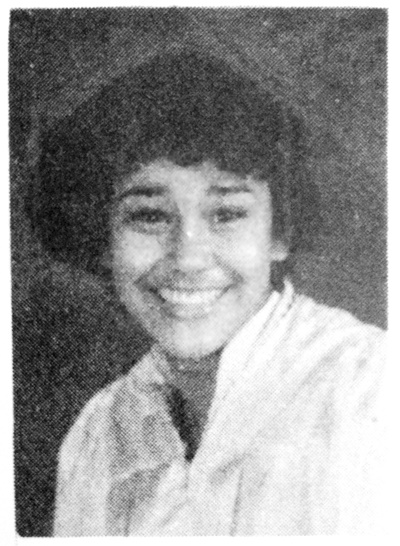
Gifted and talented, Valerie skipped a grade and entered Murry Bergtraum High School as a 13-year-old, but she soon fought against her parents’ discipline, feeling suffocated and restricted. She started pulling away from friends she had made in her advanced classes and started hanging out with what she now describes as “a bad element,” who would drink with her before school. No longer interested in studying, she dropped out of school halfway through her senior year.
In 1981, when she was 16, Valerie met 28-year-old Jose, whose street name was Papo. According to Valerie, he was “a typical bad boy” with a flashy car. Jose made a lot of money selling drugs — so much money that at one point his family possessed twenty cars. Jose also was an intravenous drug user, and by the time he met Valerie, he had already been incarcerated twice.
They married during one of Jose’s incarcerations. When Jose got out, they moved in together and teamed up to sell cocaine and heroin in the same neighborhood where Valerie had been raised.
They soon had two children — a girl and then a boy. But Valerie and Jose were becoming more and more involved in the drug scene. It was about that time when Valerie noticed that people around her started getting sick and disappearing.
“We knew AIDS was affecting the gay community,” she remembers. “But in my world, people just died. If they died of AIDS, no one found out, and if they knew, no one would say. Only later did we learn needle sharing could transfer the virus.”
Valerie and those in her orbit believed what many people believed at the time — that the disease only affected gay men. Although an uncle died of the virus and people continued to die all around her, she was not worried about AIDS in 1988.
But she was worrying about her children. “I knew we couldn’t be good parents with all the drugs around,” she recalls. So, she and Jose decided to take the money they had earned selling drugs and “retire” to Puerto Rico. Her AIDS diagnosis shattered that dream. Jose also tested positive for HIV, so the family returned to New York City and moved in with Valerie’s mother (her father had died years before of colon cancer).
“The diagnosis changed my whole world,” Valerie recalls. “Life got real, I was on borrowed time, and I needed to take care of business really fast.” She began to work even more seriously to find and maintain her sobriety and keep her family stable. She wasn’t sure how they would make it financially and she struggled to shake her addictions. But she did.
She was afraid that one day her children would wake up and find her dead of an overdose. The thought of leaving them as orphans was enough to propel her into the difficult fight of stopping drug use on her own and getting her life together. It was hard enough to stop, but it was incredibly difficult to stay stopped. She’d psych herself by saying “I won’t use today, maybe tomorrow.” Before she knew it, she had finally put them down for a couple of days, then weeks, months, years, and then decades.
In the midst of all this chaos, there were beacons of light. The children tested negative for HIV, and she and Jose were accepted by Sloan Kettering hospital for newly developed HIV trials. They spent much of their time now traveling to hospitals and getting monitored.
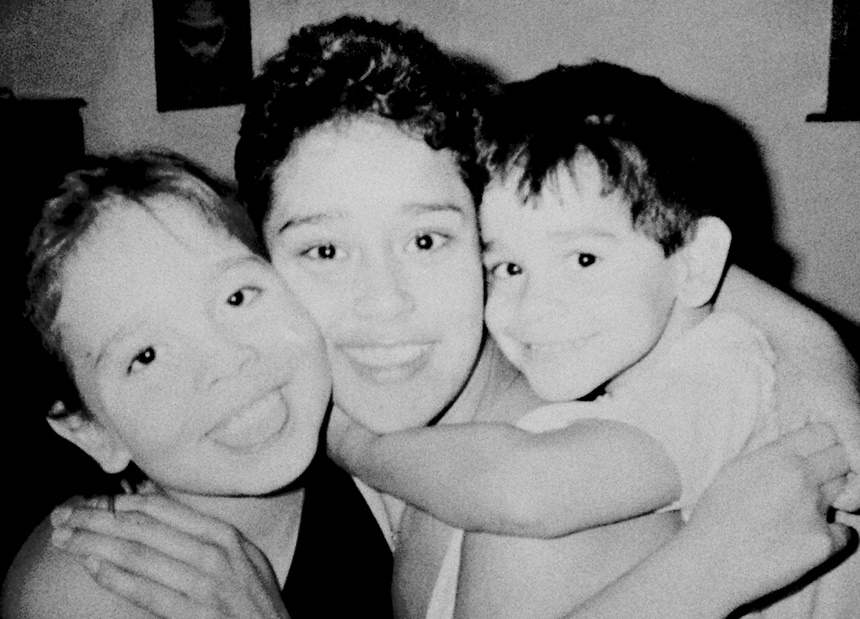
About the same time, Valerie’s mother attended a meeting where she was introduced to a brand-new organization called Housing Works, which was able to help the family navigate the bureaucracy and red tape of housing, medical care, and social services.
As her own situation stabilized somewhat, Valerie became increasingly immersed in AIDS activism. Housing Works asked her to mentor peers, so she co-led a support group for women, and later was asked to serve on its board of directors. Valerie was on the planning committee for the first harm reduction conference and helped launch the first HIV/AIDS housing conferences.
She attended meetings of the AIDS Coalition to Unleash Power (ACT UP) and in 1992 attended a rally outside the CDC offices in Atlanta. ACT UP had been joining with other groups for several years to protest at the CDC; among other demands, the groups were advocating for the CDC to broaden the definition of AIDS so it would include conditions that were specific to women.
Not long after Valerie returned from Atlanta, Jose died from triple pneumonia due to his weakened immune system. The stakes had now become even higher. Her kids only had one parent left. She began to work even more seriously to maintain her sobriety and keep her family stable.
But she didn’t abandon her activism. Marching and protesting for rights for women was eye-opening and empowering for Valerie. She felt like speaking up for women who were sick now and for women who would get sick in the future changed her profile from a menace to society to someone who was giving back.
She credits the support she received from Housing Works as key to this transformation. “They helped change my whole attitude and my idea of myself,” she explains. “Their culture was one of activism, which worked for me. I was creating my world — not as a wife or mom or girlfriend. I wasn’t just ‘sick client.’ I had power.”
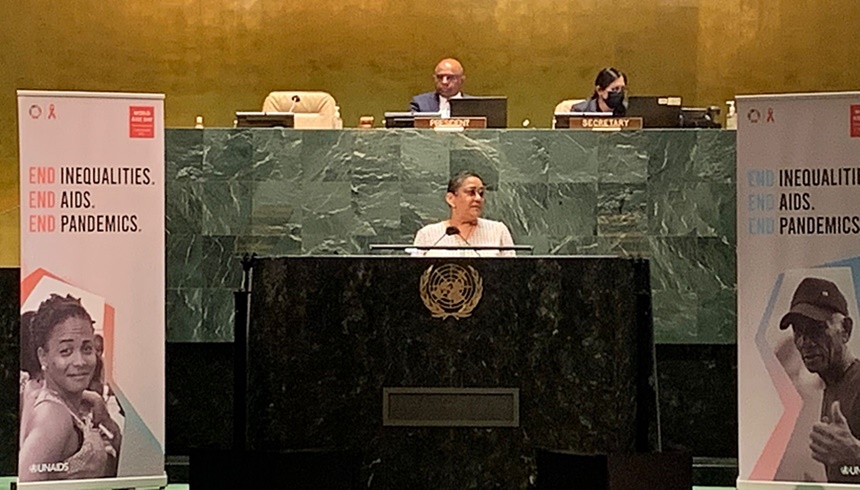
The efforts of Valerie and others like her helped move the issues of women with AIDS into broader view and improve their lives; the U.S. now has conferences, organizations, and programs geared specifically for women living with HIV. But there is still work to be done. Because most research is focused on men, healthcare providers still don’t know exactly what living with HIV for thirty to forty years does to a woman’s body. More research is needed to understand how HIV and associated comorbidities affect women across their lifespans.
And even with the advances in research and treatment over the last 40 years, thousands of women receive a new HIV diagnosis, and women of color continue to be disproportionately affected, according to the OWH. Moreover,
women who do not have homes are more likely to become HIV-positive and less likely to receive appropriate medical treatment. Thankfully, there are many treatments today for people with HIV and for people who want to lower the risk of contracting the virus, but women need to be aware of their options and know how to access care.
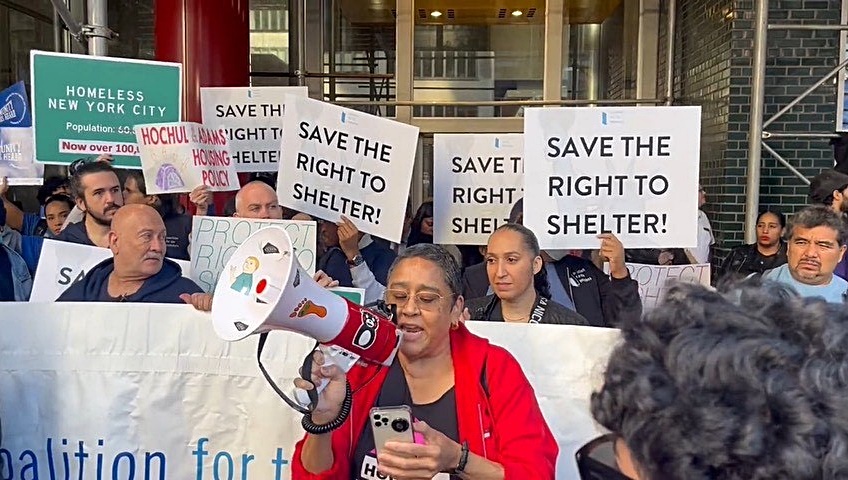
Today, Valerie still works to enhance the lives of women living with HIV and AIDS, concentrating much of her efforts in the areas of homelessness, substance use, prevention, public benefits, and grassroots community organizing. Her empowering years of activism have helped her build a life that by any standard is a success. Today, her daughter is a teacher at Murry Bergtraum, the very school Valerie dropped out of when she was a teenager. Her son is a Merchant Marine, and she is the grandmother of a 21-year-old she describes as “my heart.” She still works for Housing Works, the organization that did so much to keep her family together and turn around her outlook on life.
“They saw something in me that I didn’t even know I had,” she explains. “Instead of looking down at me, they believed my experience was gold — that it would be an asset for others.”
Valerie remembers when people with AIDS were considered “the scum of the earth.” Although that stigma has eased considerably, she still works to address the misconceptions around HIV/AIDS. For instance, she goes to schools to talk to kids about acceptance. The kids get to see a proud woman before them, one who has never hidden her HIV status.
“I still think the spotlight is still more on men,” Valerie says. “And women of color are still marginalized — we always get the second shift. But we’re no longer collateral damage. We never will be again, if I have anything to say about it.”
Become a Saturday Evening Post member and enjoy unlimited access. Subscribe now
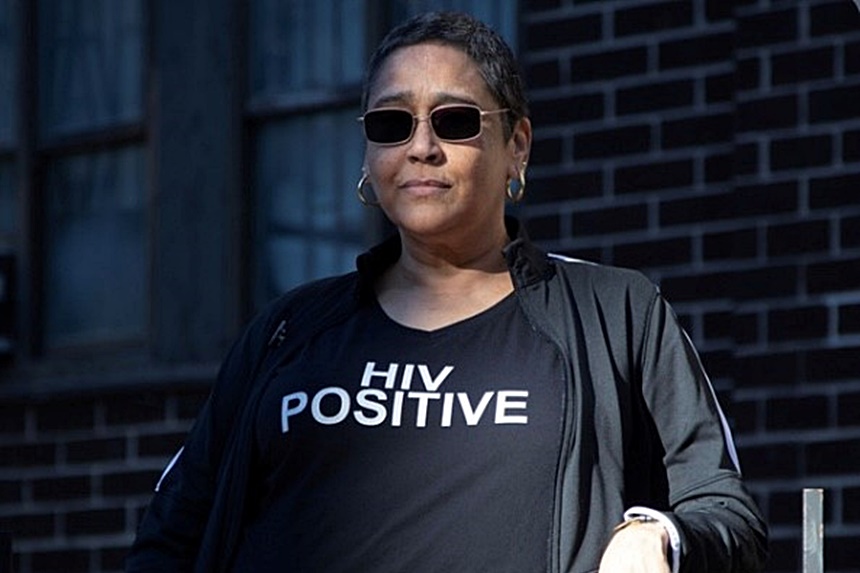
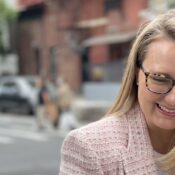


Comments
My best friend Maris macros did from aids and HIV he was sick and also was raped by two men in Mexico they took his money they beat him up and since his throat and hang him he was murder he was 25 years old